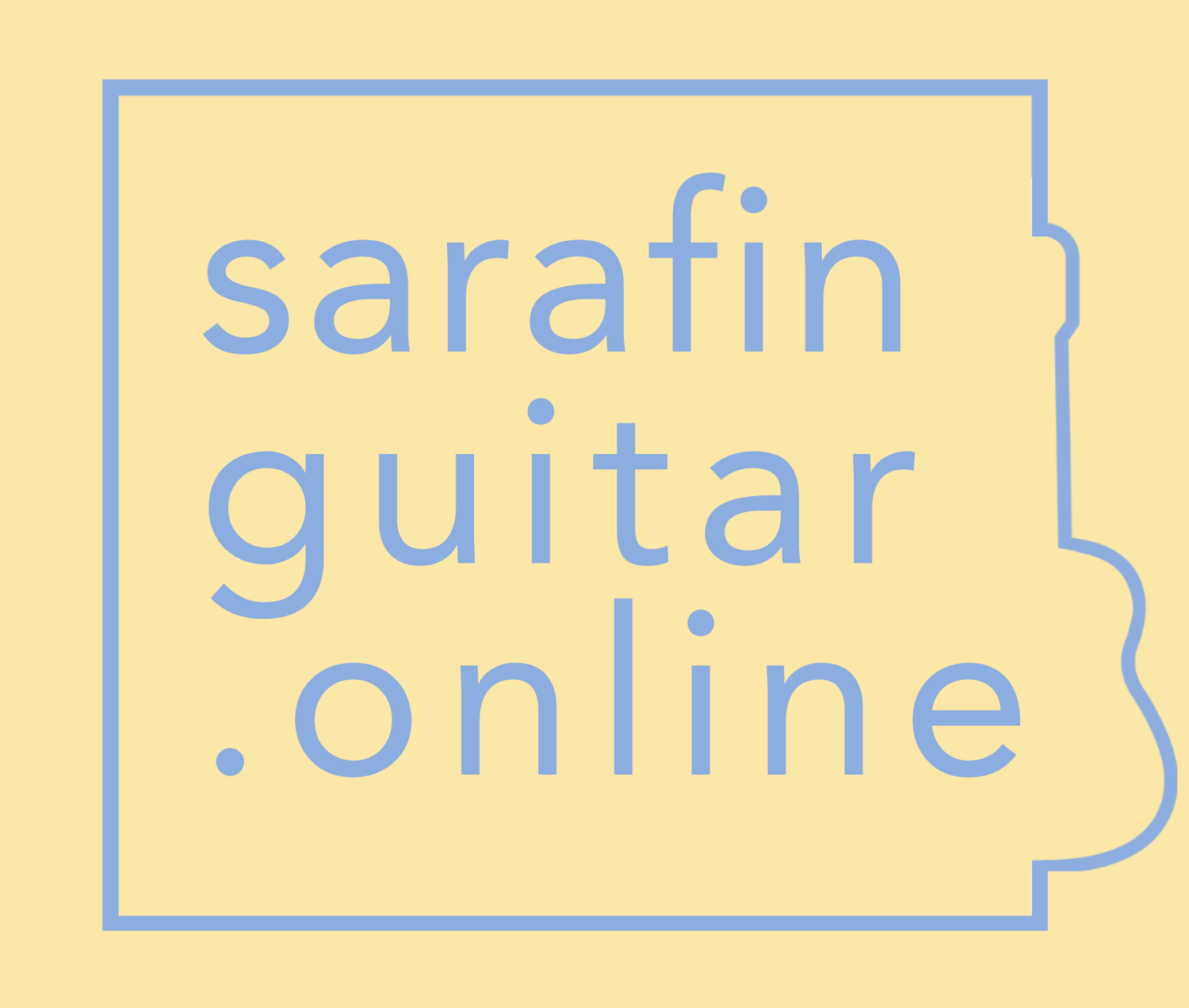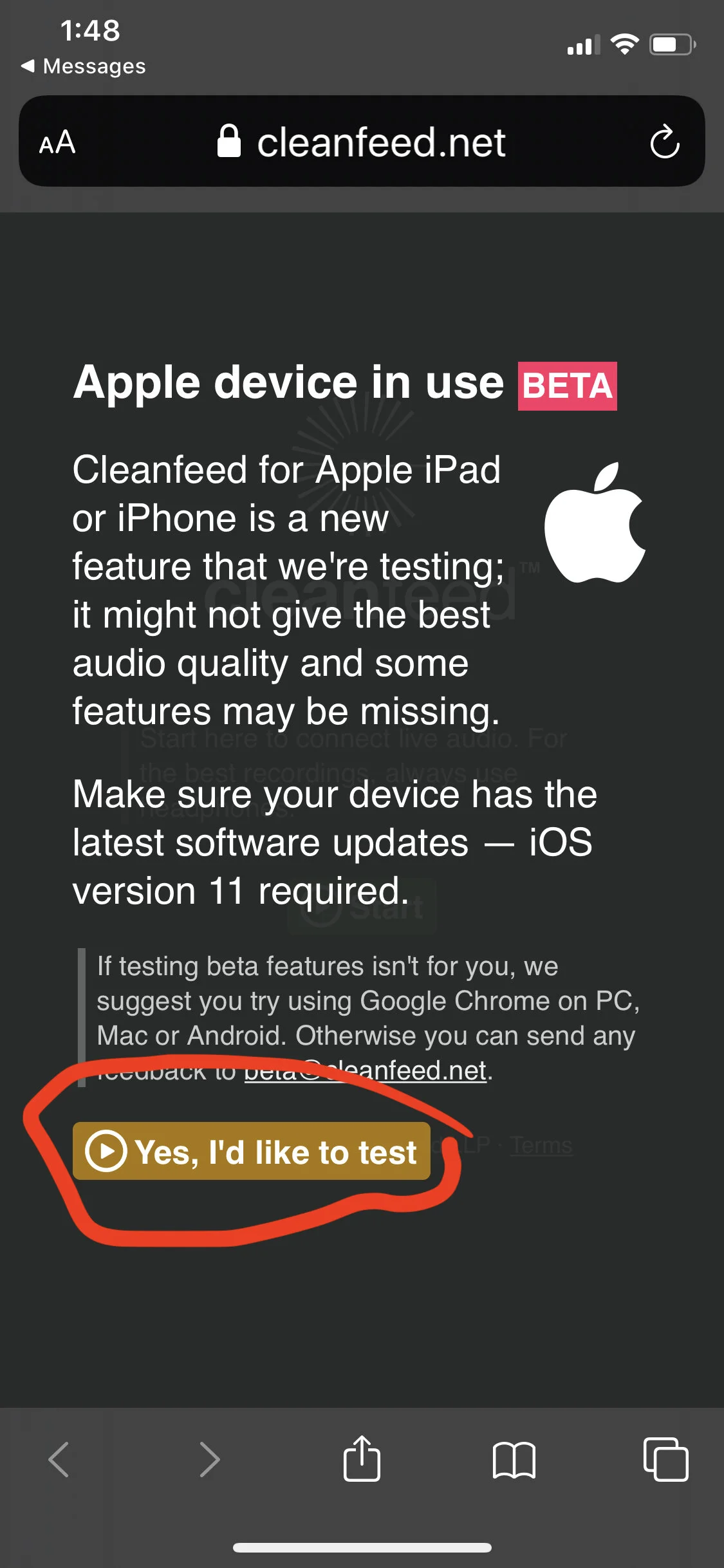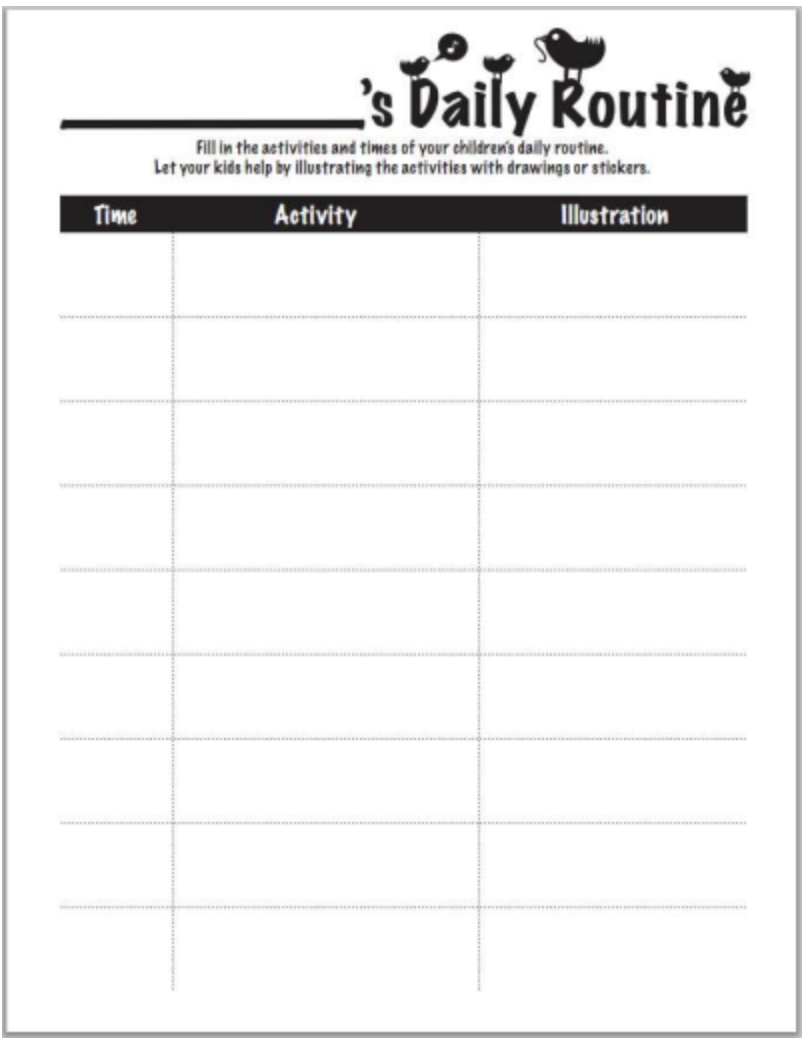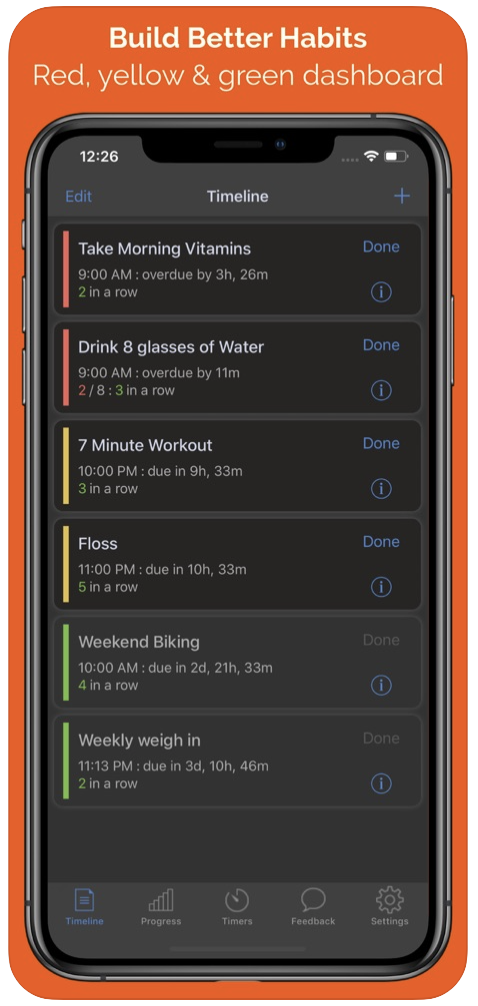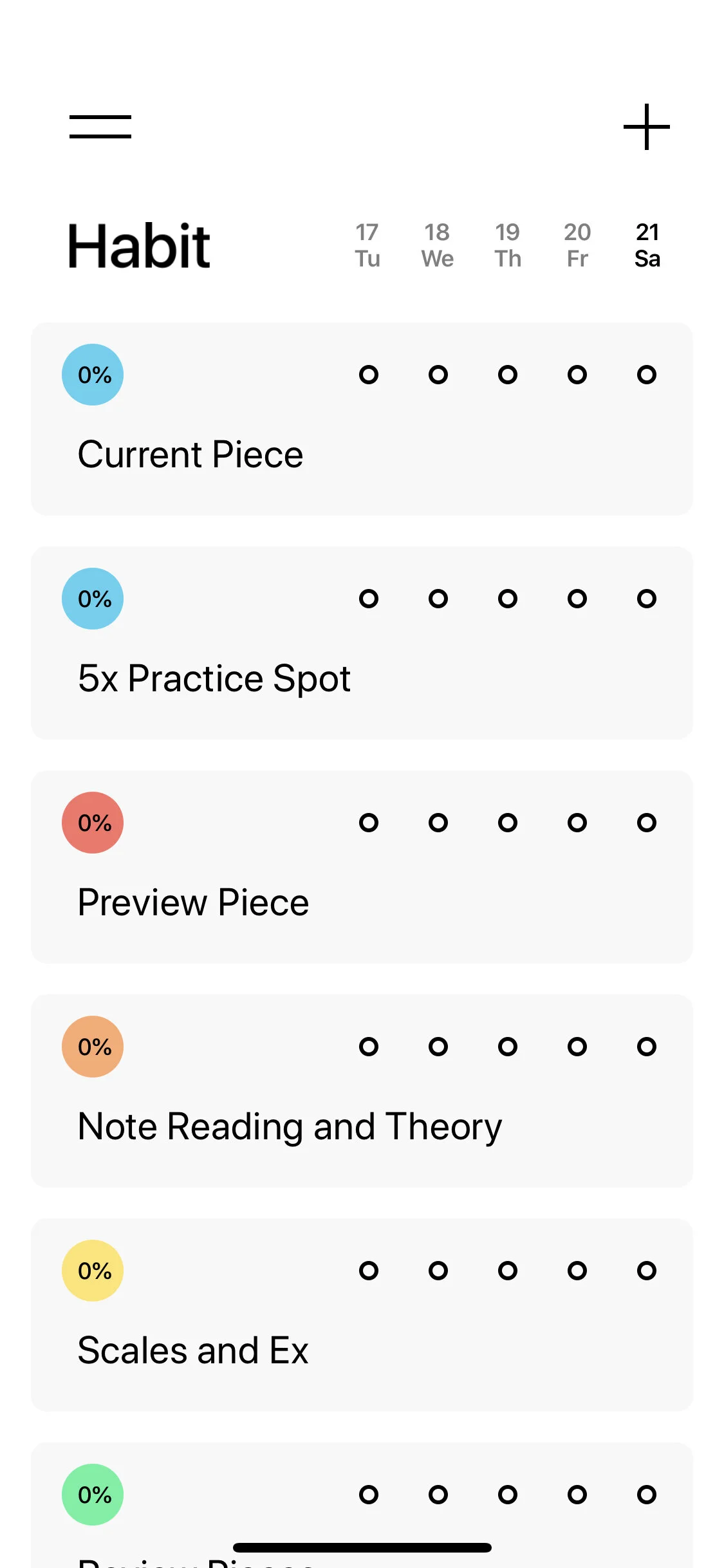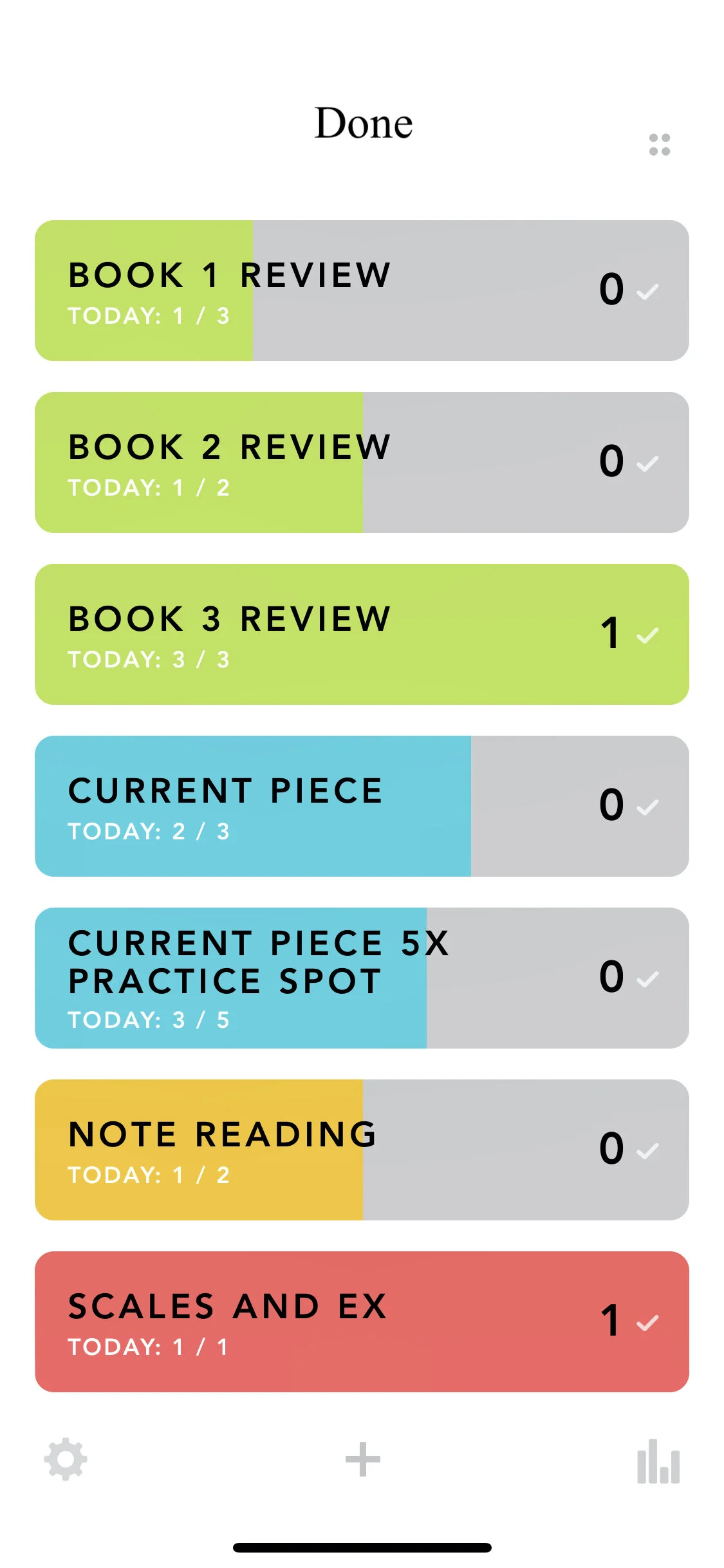The Importance of Listening
Life can be incredibly busy, but listening to Suzuki recordings is one of the easiest parts of practice. Just start by turning it on while going about your day.
Here are a few benefits:
Better Tone: Hearing skilled musicians helps children understand the potential richness of tone and improves their self-evaluation.
Quicker Learning: Regular listening allows children to figure out new pieces independently, making the learning process smoother.
Avoiding Mistakes: Clear understanding of how music should sound helps avoid ingrained mistakes in pitch or rhythm.
Faster Memorization: The blueprint for the music is already there when a student has listened. It helps clarify the structure of pieces, reducing memory slips during performances.
Grasping Musical Details: Expressive elements like dynamics, articulation, and rubato can be learned through listening, reducing the need for constant reminders. Meaning of these elements is conveyed through listening.
Building Excitement: Listening to upcoming pieces can motivate students to practice more diligently.
Maintaining Review Pieces: Regular listening keeps review pieces fresh and performance-ready, boosting confidence.
Prime for Learning New Techniques: Hearing advanced techniques like vibrato, tremolo, chord rolls and trills helps students aquire them naturally when it is time.
The Suzuki Method is based on the idea that children learn music similarly to how they learn to speak: through immersion and imitation (Mother Tongue Approach). Consider how much they hear their native language vs. their Suzuki Listening Assignments. This might be a factor if progress is slower than expected.
The Essence of the Suzuki Method
As Suzuki Method teacher myself I often encounter questions about the essence of the Suzuki Method. The Suzuki Method, developed by Japanese violinist Dr. Shinichi Suzuki in the mid-20th century, is more than a music teaching method; it's a philosophy of education that emphasizes the potential in every child. At its core, the Suzuki Method is built on the belief that every child can learn, and this belief extends to musical ability.
**1. Early Beginnings:**
The Suzuki Method advocates for starting music education early, often as young as three or four years old. Dr. Suzuki observed that children learn their native language with ease from a very young age. This observation led to the approach known as the "Mother-Tongue Method," which applies language acquisition principles to learning music.
**2. The Role of the Environment:**
Just as a positive environment is crucial for a child to learn language, the Suzuki Method emphasizes a nurturing and encouraging learning environment for developing musical skills. Parents play an active role in this process, attending lessons with the child and serving as at-home teachers.
**3. Repetition and Listening:**
A key element of the Suzuki Method is listening to music regularly, especially the pieces the student is learning. This constant exposure helps children absorb the music just as they would language, making learning more natural and intuitive. Repetition is not just practice; it's a way to internalize the music deeply.
**4. Learning Step-by-Step:**
The Suzuki Method breaks down learning into small, manageable steps, allowing for gradual progress while building confidence. This approach ensures a strong technical foundation and understanding of the music.
**5. Focus on the Individual:**
While there is a structured curriculum, Suzuki teachers are encouraged to adapt to the needs of each student, recognizing that every child learns differently. The focus is on the child’s ability to grow at their own pace in a supportive environment.
**6. Group Learning:**
Group lessons are another integral part of the Suzuki Method. These sessions provide students with the opportunity to play with others, learn from their peers, and develop social skills. The community aspect of group lessons fosters a sense of belonging and mutual support.
**7. Developing the Whole Child:**
Dr. Suzuki believed that the goal of music education was not just to produce great musicians but to nurture loving human beings and help develop character. The method focuses on developing skills like concentration, discipline, and cooperation.
**8. Encouragement Over Criticism:**
Positive reinforcement is central to the Suzuki Method. The focus is on encouragement and praise rather than criticism, which helps build a love for music and learning.
The Suzuki Method goes beyond traditional music teaching techniques. It's a holistic approach to education, where the development of character and musical ability go hand in hand. The method’s emphasis on a supportive environment, parental involvement, and individual growth offers a unique and effective way of bringing the beauty of music into a child's life.
Internet Best Practices for Lessons
The most common issues we encounter with lessons are internet issues. But it doesn’t have to be this way!
It’s easy to figure out if there’s an internet issue on your end by checking your Internet bandwidth using an online speed test, such as nperf, Speedtest, Comparitech or just google “internet speed test.”
Speed tests look at both the download and upload speed. It’s common to only look at the download speed, but when you’re on a video call, the upload speed is vital as well. Anything above an upload speed of 10 Mbps should work. However, the higher the better.
Once we know internet speed isn’t the problem, these are the things to consider:
1. Use A Wired Connection
The first (and easiest) thing is to try and plug your computer into the actual modem. So instead of using the wireless network, use an ethernet cable (which looks a bit similar to an old-fashioned phone cable) to connect your computer directly to the modem.
2. Set Up Closer to the Router
If you can’t use a wired connection, try moving closer to your router. This little video is really helpful in understanding why this is important: https://www.youtube.com/watch?v=UygPcBCFRrA
3. Free Up The Bandwidth
If you can try to make sure nobody else in the house is bogging down the network with use. This issue happens a lot during lessons. Someone watching Netflix or playing an online game at the same time can greatly interrupt the session.
4. Ask Your Internet Provider for Help
If all else fails contact your internet service provider for help troubleshooting. Sometimes there are settings on their end that can make a difference.
Best Sound for Zoom Lessons
Perhaps the best way to improve our online lesson quality is to make small improvements to audio. These simple steps will make it easier for us to hear each other, communicate clearly and enjoy the exerpience more overall:
1. Use a pair of headphones
Get a pair of headphones to listen (needs to be NON noise canceling, earbud type so you can still hear yourself play). This keeps the nasty echo from affecting our lessons, and also keeps audio software from muting frequencies.
2). Use an external microphone
Connect a quality usb mic to your computer (like this one).
3). Use Cleanfeed link for audio
If you are using a laptop or desktop computer, follow these steps:
Mute Zoom audio after joining session (once we get used to this system, I will have this set automatically). Moving the cursor will show the microphone icon to click on the bottom left of the screen.
Click on the Cleanfeed link that I send via e-mail lesson reminders. The best way to use this is through Google Chrome browser, but it isn’t necessary… if you don’t want to download Google Chrome, just click on the “x” in the window that prompts you to use Chrome.
Make sure your audio settings are correct (I can help you with this the first time we set it up)
For Macs: https://www.youtube.com/watch?v=MA7C-5DEhQc
For Windows: https://www.youtube.com/watch?v=H5QEPOIOupk
You can also use a smartphone separately for audio by clicking on the link in your smart phone.
Press the “start” button, and we have great sounding audio!
If you are using a tablet, follow these steps:
Mute Zoom audio after joining session (once we get used to this system, I will have this set automatically). Tapping the screen will show the microphone icon to click on the bottom left of the screen.
On another device (smartphone, other tablet or computer) tap on the cleanfeed link I supply in your e-mail lesson reminder.
Cleanfeed will ask I you would to use “Beta.” Just click the button that says “Yes, I’d like to test.”
Routines and Structure
As the realization that this isn’t just an extended spring break starts to hit our kiddos, it’s helpful to remember a few things research has shown us concerning these situations. Structure and routines help set and maintain a sense of normalcy. They also ensure that we make the best of where we are at — grow where planted! Combined with the direct emotional and intellectual benefits studying music, we actually have opportunity to thrive even while “hunkered down.” AND it can help keep us parents sane! Here are some suggested strategies/activities to help, especially when it comes to education in the Arts.
Establish a formal, daily routine. There are TONS of worksheets or Apps online that can help accomplish this. Here are some examples:
Establish a practice procedure. Expectations on practice activities (such as listening to the source recordings or tuning before warming up) an the order pieces and skills are practiced in, even if they are predictably variable, can mean a more focused result.
practice sheets can be helpful. Here are the studio ones for Books 1 -4:
If apps are your thing, I check these out:
Please post other suggestions, comments or questions below! We’re stronger as a (virtual) community!
Preparing for Lessons
“He who is best prepared can best serve his moment of inspiration.”
― Samuel Taylor Coleridge
It is the most natural thing in the world to think of lessons as starting at the scheduled time All the more with the convenience of online lessons. However, I’d like to encourage us all to think of these following preparations as part of the lesson, because they certainly deeply affect them, therefore necessitating an earlier start time than when our Zoom session begins:
1). Please tune your guitar ahead of time. I don’t mind helping with this during your lesson, especially if you need help. Otherwise, we will have a more productive session if this is done ahead of time.
2). Please have all your lessons materials. Running to grab a pencil, music or sticker envelope can be distracting to the flow of what we are doing.
3). Please set up your camera angle. It is important to set up your device (laptop, iPad etc) well ahead of time. Please do the following:
Place yourself centered in the camera view so that both hands are clearly visible (I love to see your smiling faces too!)
If you are using a tablet or phone, consider getting a tripod stand or something similar for it. Books, shelves ad even music stands don’t allow much adjusting or support.
Try to avoid having your back to the window (unless shades are drawn).
Try not to be too far away from the camera, or the computer might not pick up the best audio.
Here are some example pics (left good, the other not so much : )
